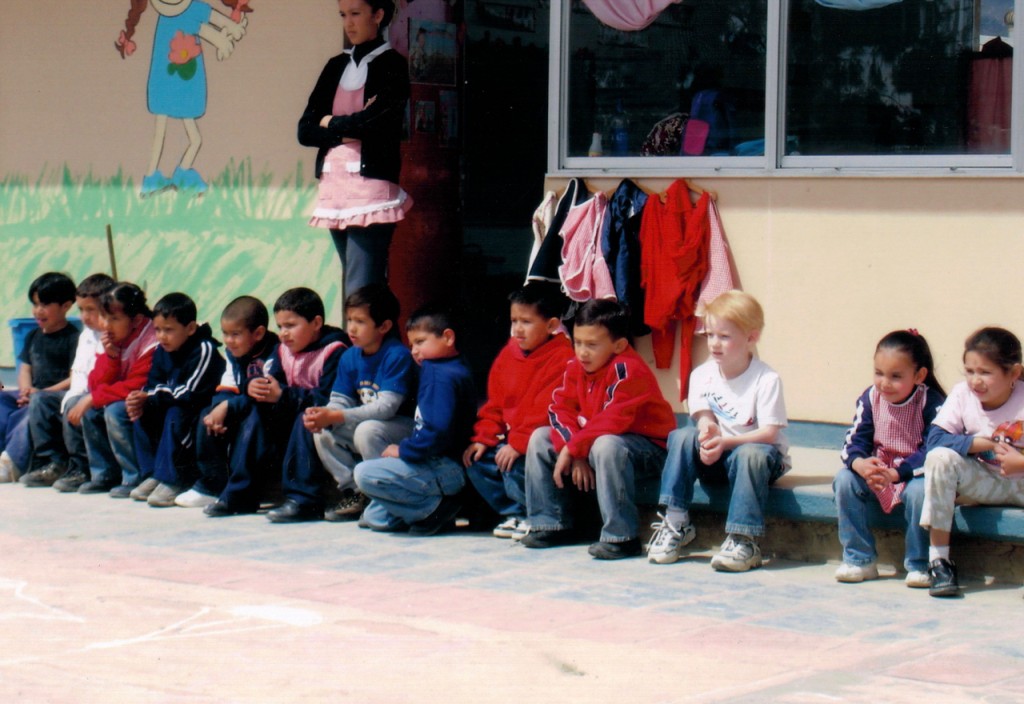-
October Bullying: White Boys in Baja, Brown Girls in Cali
He acted like it wasn’t a big deal, but we knew otherwise. “I got kicked in the stomach today.” I felt objectivity fly out la ventana while my blood pressure rose. “Why, buddy?” “I don’t know. I couldn’t understand them.” When we sent our tall, pale, strawberry blonde boy to school in a black-hair-rules culture, we knew it might be rough. Not speaking the language basically made him feel deaf and mute. Whether the other kids talked, whispered or yelled didn’t make a difference; our child had no friends and no idea how to make them. So he climbed trees, ate, walked, colored and played alone. The learning curve of…


